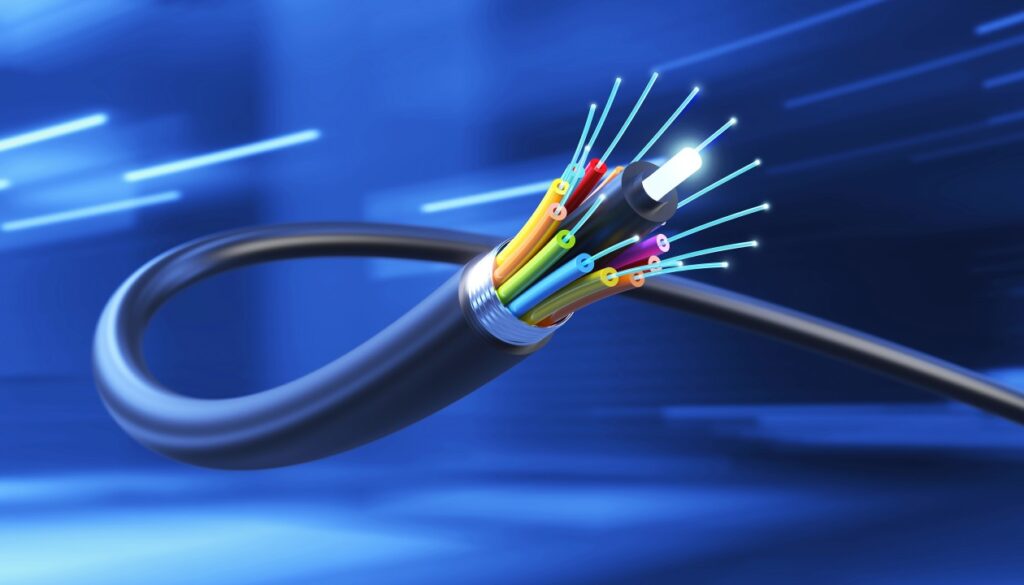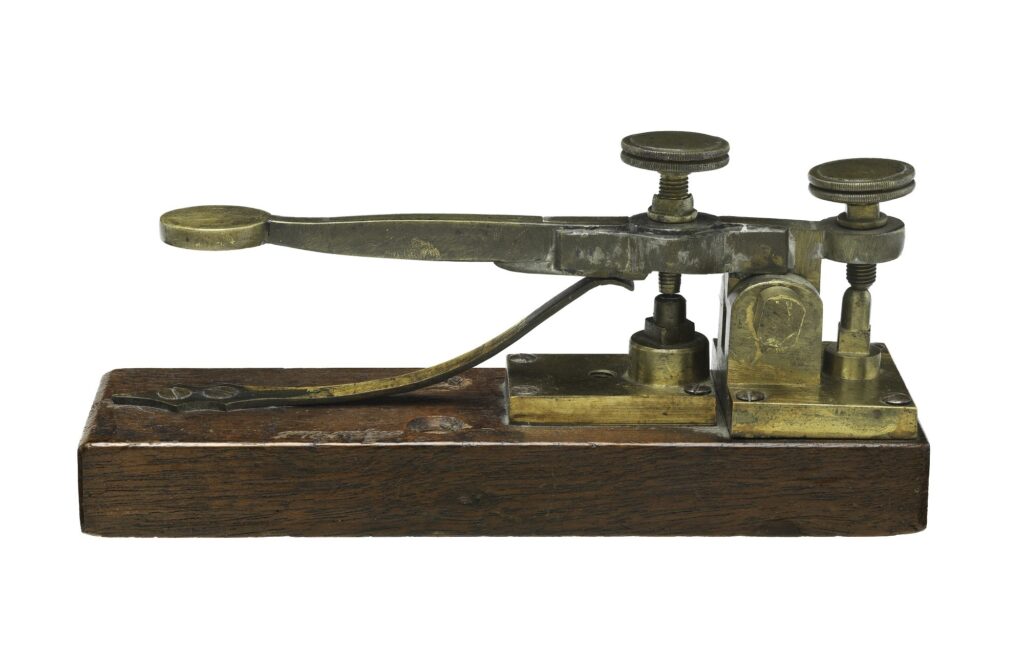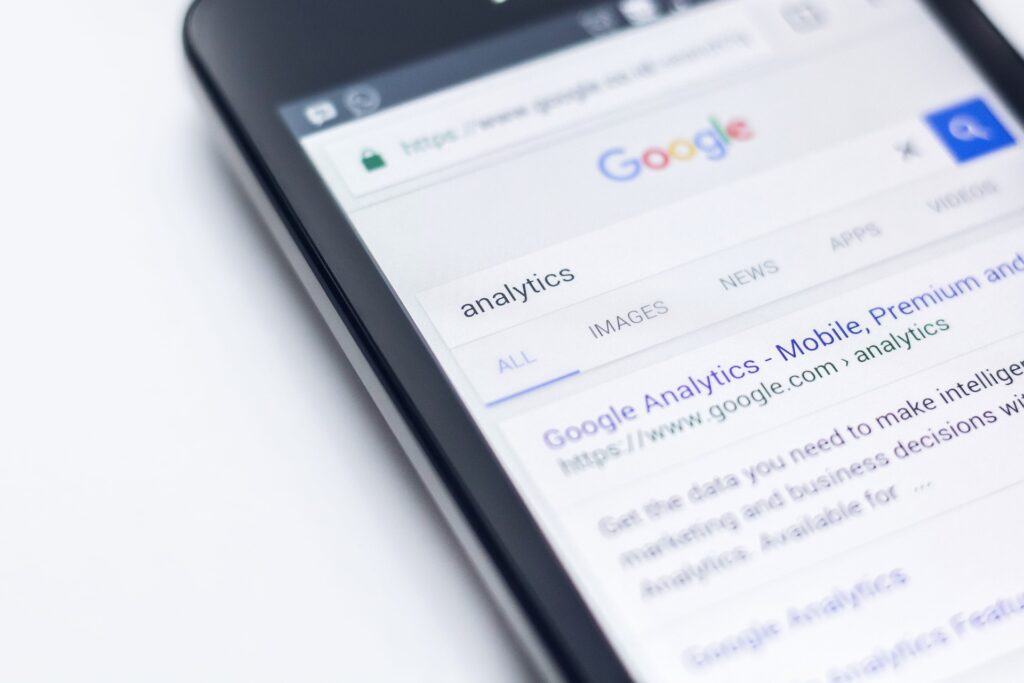The history of fiber optics is an interesting one filled with significant scientific innovation and technological evolution, it all began in the 19th century and developed into what we have in our present day communication infrastructure.
This is a story of individuals from different academic disciplines who were able to identify the potential of light, decided to work collaboratively and in the end saw how it can be used to transmit information. As expected, this came with tons of problems that needed solutions.
Having journeyed through several challenges which they overcame, they were able to make this vision a reality. This article delves into the history of fiber optics, how it got started, how it developed and where it currently is today.
Foundations of Fiber Optics: Early Concepts and Discoveries (19th Century)
The early foundation of fiber optics actually began in the 1840s when an Irish physicist named John Tyndall demonstrated the concept of total internal reflection were he showed how light can be confined within a medium and guided along a specific path.
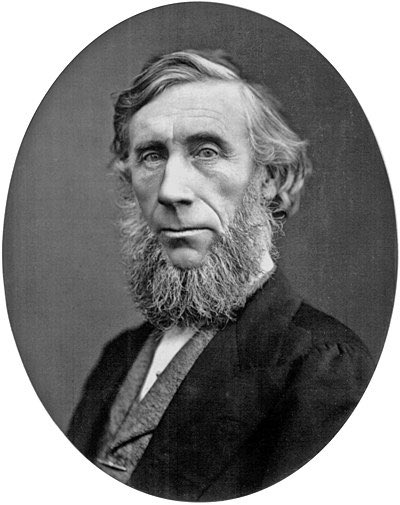
John Tyndall
In his experiment, Tyndall guided light through a curved stream of water to illustrate that light could be trapped within the stream through internal reflection. This principle became the fundamental of fiber optics technology.
Other scientist also experimented with guiding light using glass and several transparent materials around this period. However, in 1954 Tyndall went on to create the first basic form of optical fibers by transmitting light via bent glass rods. These experiments also played significant role in the development of the optical fibers we see today.
In the early 20th century around 1910s to be precise, French scientist named Charles Vernon Boys propounded the use of thin glass fibers to transmit images. This remained only an idea at that time because the technology to make this a reality was not available at that time but it inspired further research.
Theoretical and Practical Developments (Early to mid-20th century)
Moving on to the 1930s, Dennis Gabor explored the use of fiber bundles for image transmission over short distances. The fiber at that time weren’t practicable for long-distances because of its high level of attenuation.
What is attenuation?
Attenuation here refers to the loss of light signal intensity as it propagates through the optical fiber.
In the 1950s, Narinder Kapany who is often referred to as the “Father of Fiber Optics,” while working on his PhD at Imperial College London performed a research that laid the groundwork for the field of modern fiber optics.
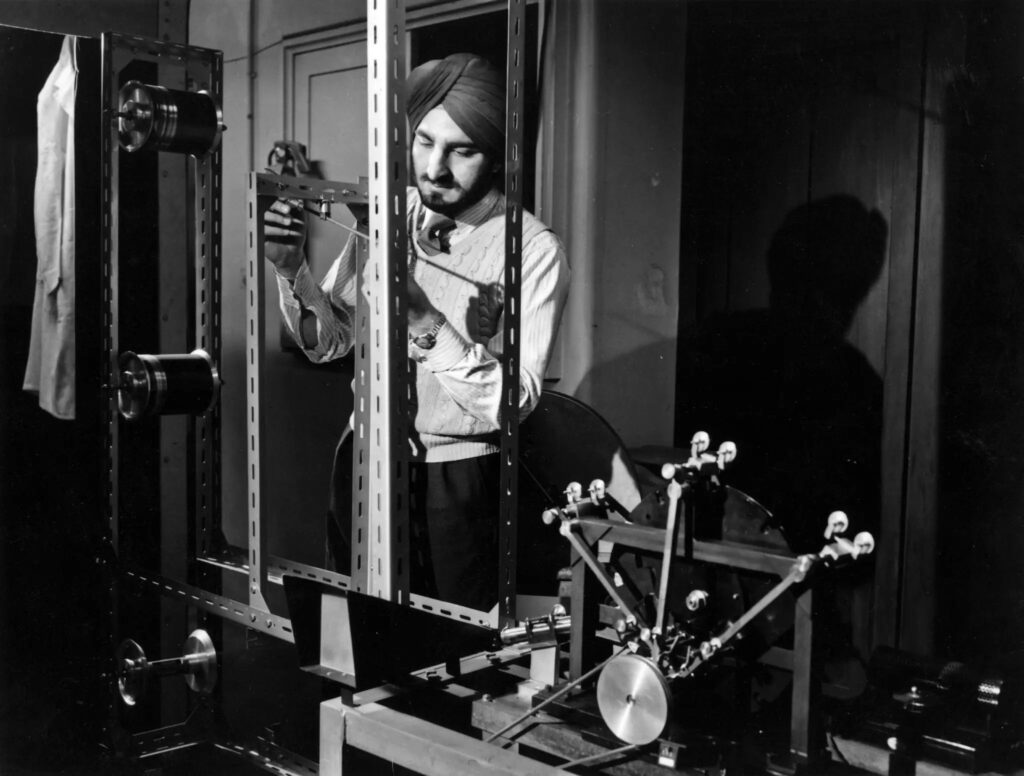
Narinder Kapany
His work was centred on transmitting light through optical fiber over long distances. He demonstrated its feasibility although it had nothing to do with communication but would end up becoming the foundation for today’s high-speed internet and telecommunications networks.
Around the same period, major developments were happening in the medical field. A Dutch scientist named Abraham van Heel and British scientist named Harold Hopkins separately developed techniques useful for creating fiber bundles that could transmit images with much better clarity using a concept called cladding.
Cladding refers to a layer of material that surrounds the core of an optical fiber. It has a low refractive index (light can move through it really fast) than the core, reducing crosstalk (interference) between fibers and enhancing image quality.
This innovation, paved way for the creation of the first practical fiber optic devices among these includes the fiber optic endoscope which was used in the medical field by doctors to examine a patient’s body. This was a huge achievement in both medical technology and the history of fiber optics.
Birth of Modern Fiber Optics (1960s)
The birth of modern fiber optics actually began with the development of a theoretical foundation for the laser in 1958 by Arthur Schawlow and Charles Townes. They published a paper describing how lasers can be manufactured and decided to share the patent with Bell Labs.
In 1960, Theodore Maiman constructed the laser after studying Schawlow’s paper. Laser succeeded in boosting transmission of signals over long distances via optical fibers, this marked a turning point in the history of fiber optics. LASERS in case you are wondering stands for Light Amplification By Stimulated Emission of Radiation.
What is a laser?
A laser is a light source that emits coherent light which is used to transmit data through optical fibers.
They are devices that produce a unique type of light that were coherent, monochromatic, and powerful. By coherent I mean the light waves produced by a laser all move in one accord, the monochromatic ability allowed it to shines only one colour of light and lasers are powerful because they can concentrate a lot of energy for sending messages really far.
In 1961, an American physicist named Elias Snitzer shortly after Maiman’s development of the first laser created the first glass laser, particularly a neodymium-doped glass laser. It was more powerful, stable and had several uses.
The invention of laser made a positive mark in the history of fiber optics and became relevant for modern telecommunication because it allowed for transmission of signals with high-bandwidth, making long distance communication possible.
The Game Changing Moments in Fiber Optics (1966)
The most significant breakthrough in fiber optics occurred in 1966 when Charles K. Kao and his colleague George Hockham who were working at Standard Telecommunication Laboratories in the United Kingdom wrote a paper defining how optical communication could work.
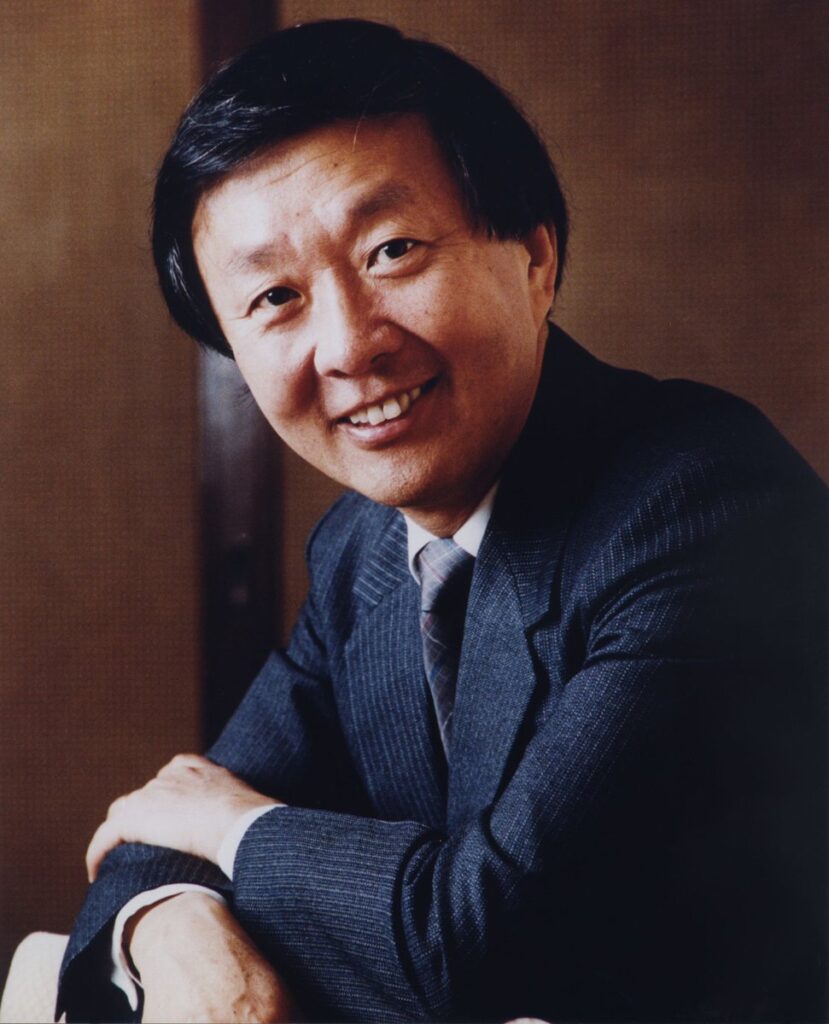
Charles K. Kao
In his work, he identified that the main bottle neck hindering transmission of light over long distances was the impurity of glass used to make optical fibers which often cause attenuation (signal loss).
The solution from Kao and Hockham was to use highly purified silica glass for long-distance communication. This they claim would help achieve low level of attenuation. Kao was right by really defining how we use fiber optics for communication today.
His work was groundbreaking and recognized widely in the years that follow. In 2009; he was awarded a noble price in physics having contributed to the development of low-loss optical fibers which is currently the pillar of global telecommunications. However, his work was all theoretical and someone had to make it work in reality. And so he left it up to others to figure that out.
Commercialization and Widespread adoption (1970s – 1990s)
Following Kao’s theoretical work, Corning Glass Works (now Corning Incorporated) announced in 1972 that they had made low-loss optical fibers with an attenuation of less than 20 decibels per kilometre.
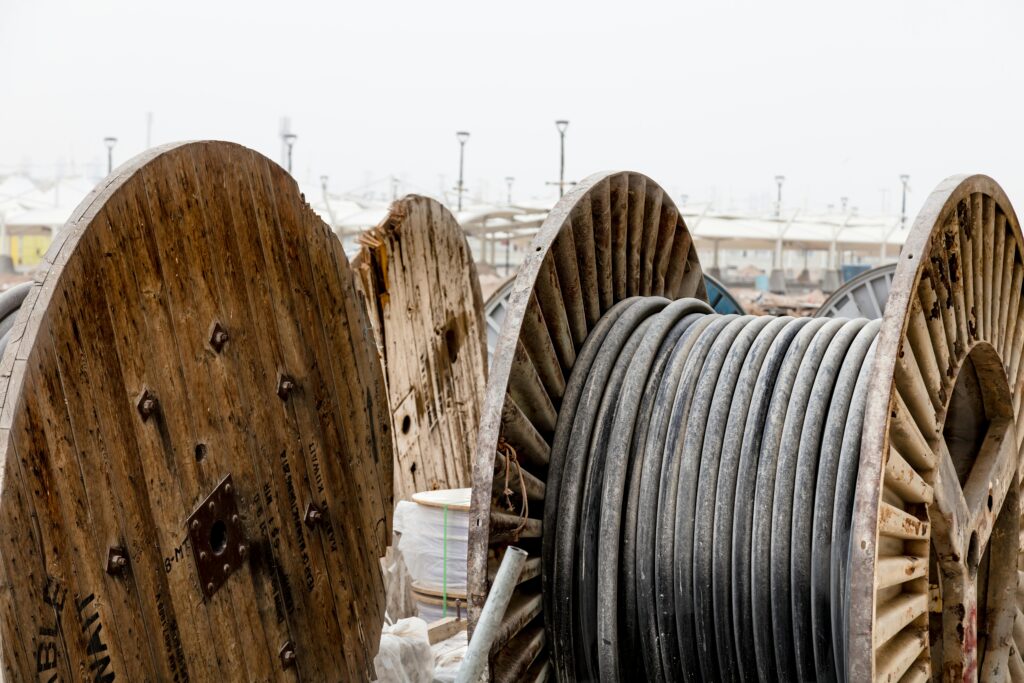
This was another remarkable process in the history of fiber optics because it made long-distance communication more practicable, setting the stage for the commercialization of this technology with military and medical imaging serving as the initial testing points.
The low-loss optical fiber early application in the military unravelled the potentials in secure and high-speed communication. In the medical field, it made images appear clearer with more details in the endoscopes.
As we moved into the 1980s, fiber optics cables where being deployed in large-scale for telecommunication networks. A company founded by Jim Hayes called Fotech was also developing test equipment as well.
Big companies like AT&T and British Telecom began installing fiber optics cables as a replacement for older copper wires in their long-distance networks; this increased the speed and capacity of their communication system by a lot.
Also, traditional coaxial cables there were used in cable television networks were being replaced with fiber optics resulting in higher-quality signals and greater channel capacity.
One thing to note here is that the first long distance networks in the early 1980s were multi-mode fiber and 850 lasers. The increasing demand for higher data transmission capacity across long distances led to the idea of Wavelength Division Multiplexing, so the fibers were designed to handle both 850nm and 1300nm.
However, the first 1310nm laser didn’t become available until around 1982 – 1983. Fotec assisted in building test equipments on which they manufactured these lasers.
There was also a transition from multi-mode to single-mode fiber which was difficult at that time because the precision was more than the connectors could handle. The big change came when the ceramic ferrule connector was introduced and became a standard today.
By 1984, things had begun to kick off but it was obvious that standardization was needed in fiber optics. And so work began with the National Institute of Standard and Technology in the United States to develop standards for measuring optical power especially for test equipments.
In 1988, the first transatlantic undersea cable called TAT-8 where deployed to connect the United States, the United Kingdom, and France. It had the capability of carrying up to 40,000 telephone channels simultaneously.
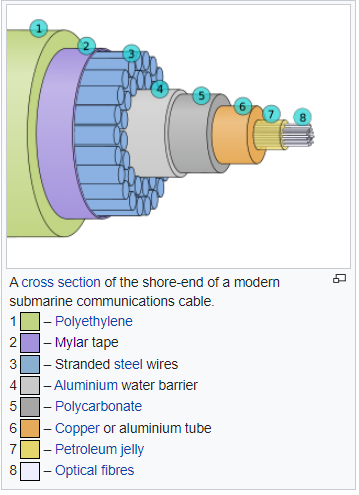
TAT-8 proved successful, it success led to the rapid expansion of global fiber optic networks, making cross-border communication faster and more reliable than ever before. This was another significant progress in the history of fiber optics.
The 1990s was more of the application era, the rise of the internet created an expansive demand for high-speed data transmission. Telecommunication companies spent tons of time, effort and money installing fiber optics communication system.
Technologies were being developed as well and fiber optics soon became the backbone of the internet, enabling high-speed data transfers required for the World Wide Web and other internet services possible. The bandwidths far exceed that of traditional copper wires leading to significant increase in internet usage.
The 1990s also saw the introduction of Dense Wavelength Division Multiplexing (DWDM) technology which combines amplifiers and distributed feedback lasers to further improved the capacity of fiber optic networks, allowing for multiple wavelengths of light to be transmitted simultaneously, thereby increasing the amount of data that can be transported.
Data centres began to spring up gradually to service the internet; In 1993, conferences for fiber optics were on; by 1998, Fiber Optics Association was established as a professional body; and in 1999, the word internet of things was coined.
Modern Advancements and Future Prospects (2000s – present)
Moving on to the first decade of the 21st century, massive growth continued from where it stopped in the 1990s until the Dot Com burst of 2001 which occured as a result of the internet and fiber optics growing really fast, leading to a lot of fiber optics being installed with fewer customers available for it. The fiber optics industry decreased by 2/3 overnight and the price of fiber optics component declined a lot. Also, Passive Optical Networks (PON) was developed.
These led to the next era in the history of fiber optics. And so in the 2000s, Fiber to the Home (FTTH) began, offering higher speed internet to homes and businesses which was of course way better than the traditional DSL (Digital Subscriber Line) or cable connections. This made high-definition video streaming, online gaming, and other bandwidth-intensive applications possible.

Verizon was the first to deploy Fiber to the Home (FTTH) in the United States, the reason being that they had the oldest and least reliable copper network. The Fiber Optics Association (FOA) assisted in facilitating this.
Moving on, Fiber to the home now represents a significant market in the telecommunication industry. That said, a couple of other events occurred which had tremendous effect on the history of fiber optics.
The first was in 2007, when Steve Jobs introduced the IPhone and then all of a sudden, the smartphone that operate over a cell phone network and the internet began to drive the traffic on the internet backbone crazy, leading to massive build out in fiber optics.
The second was the development of coherent fiber optics communication which came as a very difficult technical issue at first but once it was solved; it revolutionized very long distance communication to the point where we began to get up to 100’s of gigabytes per seconds for 1000’s of kilometre. It soon became cost effective for metropolitan networks and data centres.
What is coherent fiber optics communication?
It’s an advanced technology used to transmit data over optical fibers with high capacity and efficiency. It uses coherent methods to capture both amplitude and phase of optical signals, enabling higher data rates and longer transmission distances.
In simple terms, it’s like using a super-clear pair of glasses to read a very tiny message over a long distance, ensuring you get every single detail clearly.
The 2010s was an application decade, Fiber to the Home (FTTH) continued. In 2010, Chattanooga’s municipal utility, EPB (Electric Power Board), began offering gigabit-per-second fiber optic internet services to residents and businesses in Chattanooga, Tennessee, United States of America; and was officially recognized as a “gigabit city”.
Google soon made us aware of what gigabyte, unlimited bandwidth etc really meant. They didn’t stop there but took it up to the point where about 1100 cities where vying to become a Google fiber city.
Still in the early 2010s, micro cables and high fiber count cables were developed to meet the growing user demands for higher bandwidth, more efficient use of space and easier installation in fiber optics networks.
On the technical side, the passive optical network technology used for fiber to the home (FTTH) was adopted into optical Local Area Network (LAN) that is Passive Optical LAN (POL). So instead of using structured cabling, POL was used to build LAN, it reduced cost significantly and became popular.
In 2014, researchers from Technical University of Denmark (DTU) and the University of Cambridge successfully demonstrated the transmission of data at a rate of one terabyte per seconds (Tbps) over a fiber network at a single wavelength with coherent communication.
Towards the end of the decade, 2019 to be precise, we saw 5G cellular introduced with so much promise but it’s still in the development phase up until now. One of the reasons for this is due to the fact that it requires lots of fiber and money as well.
The 2020s began with the pandemic which has mostly affected how we work, learn, shop etc. This has really demonstrated how important broadband is. With 5G still a work in progress and more fiber still needed, researchers are exploring new materials like hollow-core fibers and photonic crystal fibers which has the potential of providing even lower loss with higher capacity.
